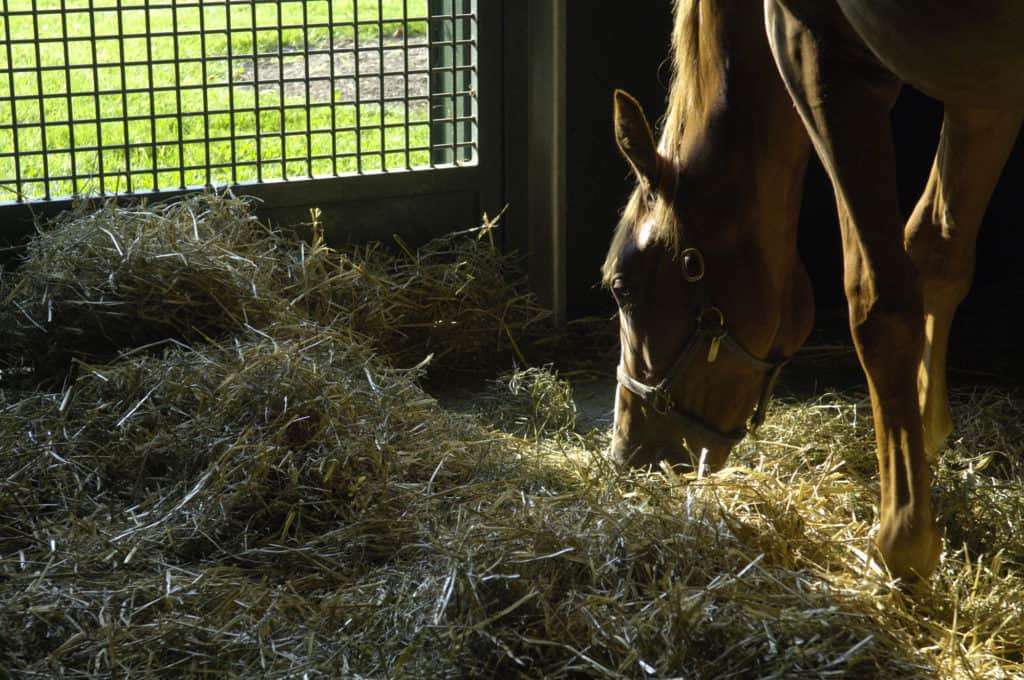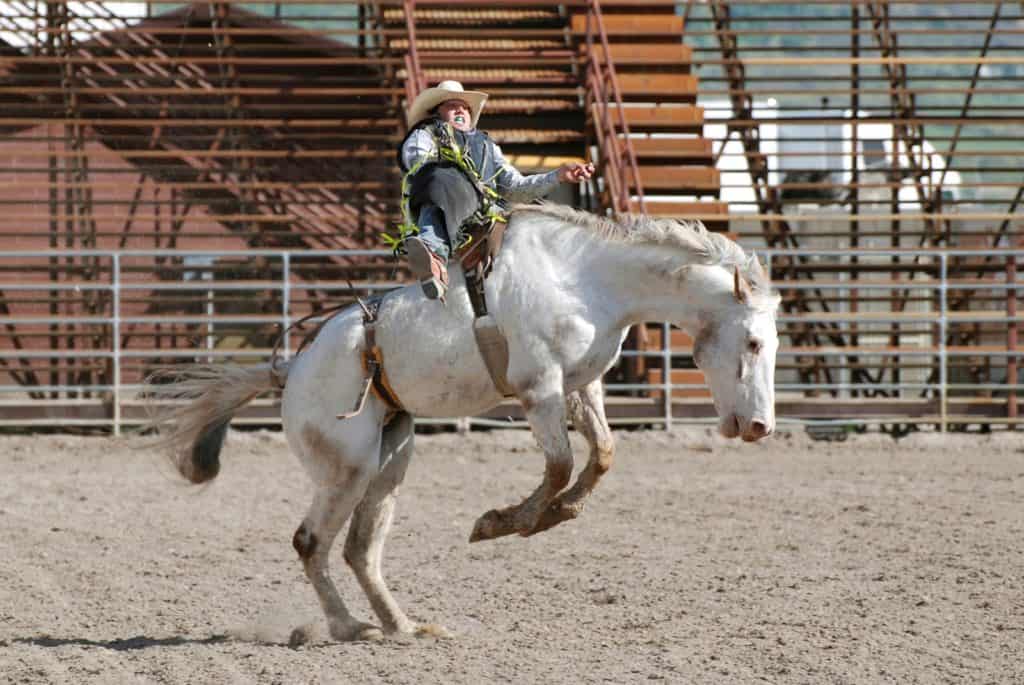
Infographic: How Ammonia Impacts Your Horse
Have you walked into a barn and smelled a pungent, burning odor? That’s ammonia, and it’s hurting your horse.

Have you walked into a barn and smelled a pungent, burning odor? That’s ammonia, and it’s hurting your horse.

Management strategies include inhaled corticosteroids and environmental changes such as steaming hay.

Is the pungent smell of ammonia taking over your horse barn? Try a stall deodorizer or refresher.

Horses can experience more than one disease process at the same time, an occurrence known as comorbidity. In this article, we’ll take a look at equine diseases such as PPID and laminitis that veterinarians most commonly see in conjunction with other conditions.

A horse’s active competition schedule can make managing and treating respiratory problems challenging.

Researchers set out to determine whether these inhaled medications simply relieve airway constriction for horses with heaves or, more importantly, improve lung function. Here’s what they found.

For the first time, Australian researchers have confirmed 15 cases of chlamydial respiratory infection in neonatal foals. Scientists had previously only detected the bacterium in a few adult horses.
Guttural pouch mycosis (GPM) is a potentially life-threatening disease that may initially present as a simple nosebleed (epistaxis) or even poor performance in an equine athlete.

Smoke from wildfires can cause serious health problems for horses, as it can in people. Here’s how to protect your horses from smoke-related respiratory problems.

Researchers have discovered that breathing in various kinds of molds can cause a horse to develop IAD.

An SAA test can identify illness in horses, and it can also ensure they’re healthy enough for other procedures, such as surgery. Here’s a look into how some vets use SAA in their practices.

A U.S. Equestrian Team veterinarian who has overseen the shipping of horses to six Olympic Games shares what steps to take before, during, and after a long-distance trailer ride.

Veterinarians often prescribe medications to control acute and chronic clinical signs of disease, along with recommending environmental changes to limit asthmatic horses’ exposure to inhaled allergens. What do owners think of these sometimes time-consuming and expensive suggestions?

The ongoing Equine Respiratory Biosurveillance Program revealed new information on infectious respiratory disease threats, including EHV-1 and EHV-4, influenza, S. equi, equine rhinitis A/B viruses, and more. Here’s what you should know.

Learn more about the equine athletes that compete at rodeo events, the types of injuries they are prone to, and how veterinarians nurse them back to health.

Consider these tips to help protect your horse’s breathing zone and most effectively achieve optimal respiratory health this winter.
Stay on top of the most recent Horse Health news with
Notifications